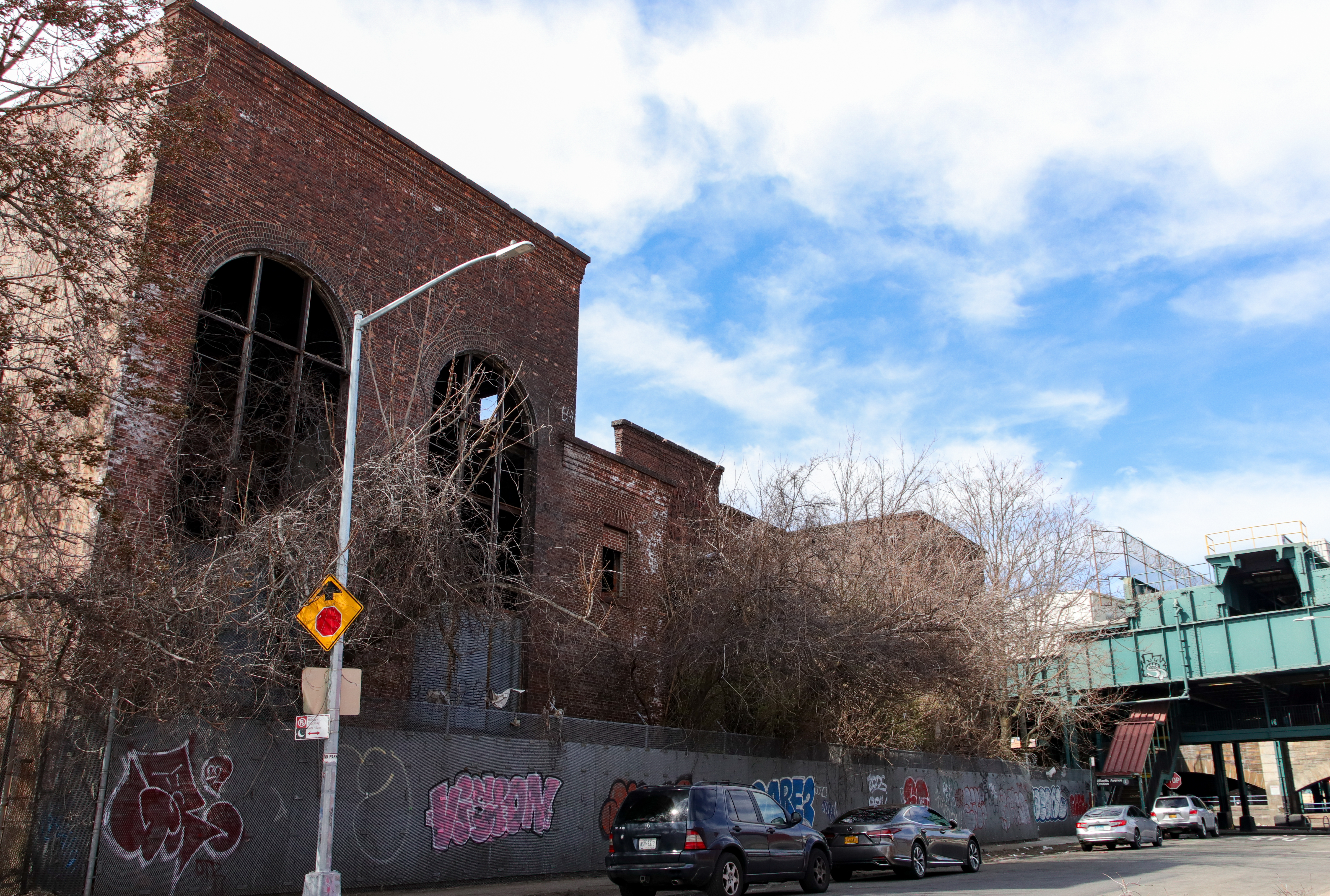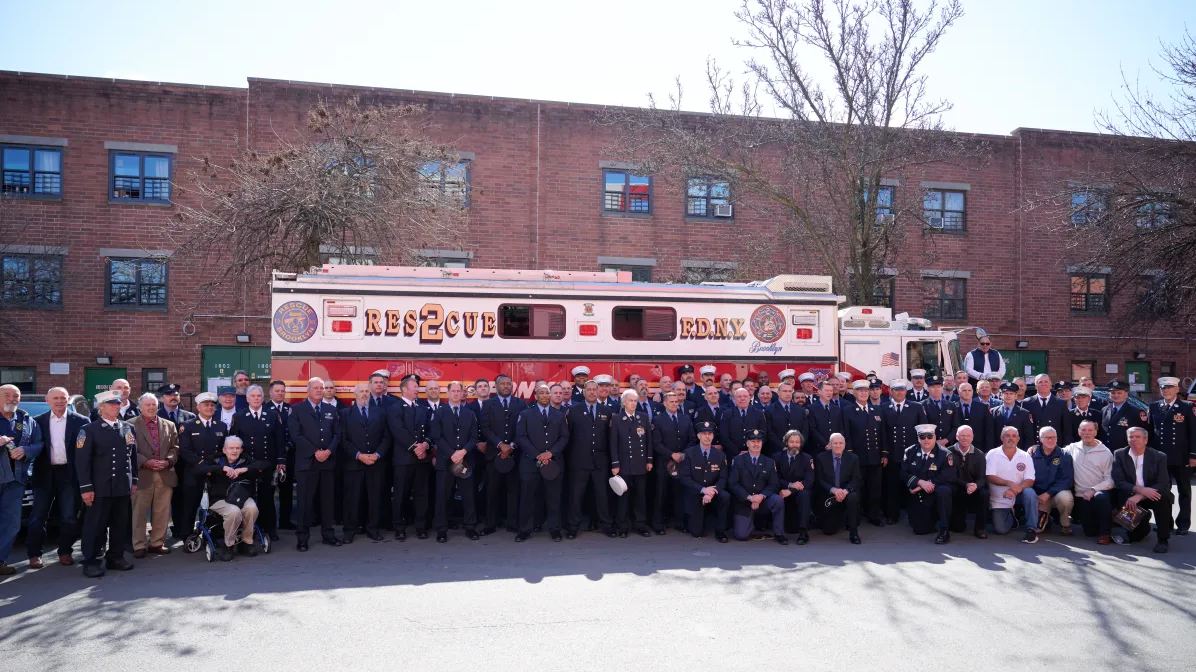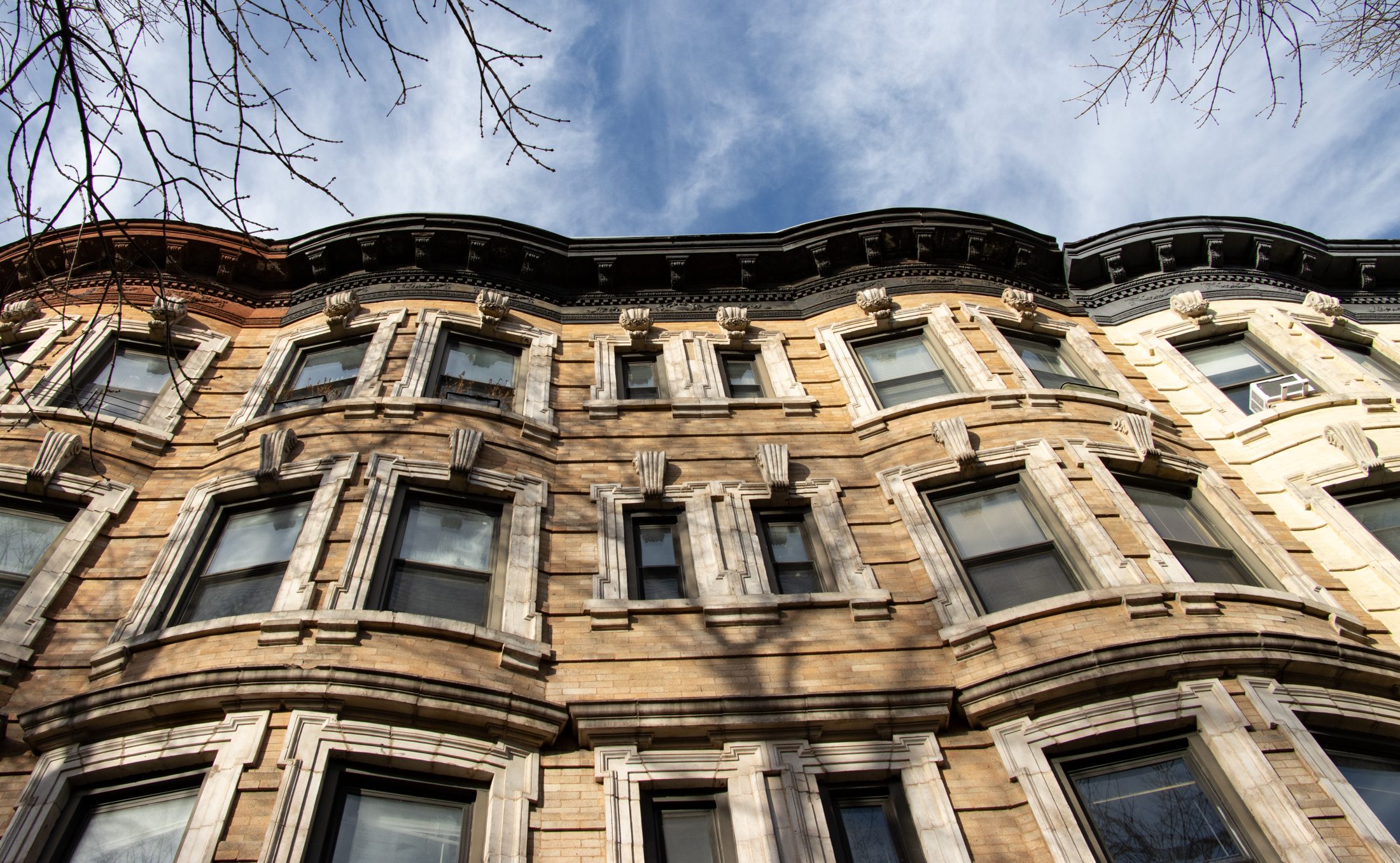Trolley Ghosts in Central Queens
In the late 19th and early 20th century, a trolley line connected Flushing and Jamaica, running originally through the farms and fields of Fresh Meadows. The above image was captured at 164th Street and 77th Avenue in 1936, just a few months before service ended in 1937. In short order, the tracks were pulled up,…


In the late 19th and early 20th century, a trolley line connected Flushing and Jamaica, running originally through the farms and fields of Fresh Meadows. The above image was captured at 164th Street and 77th Avenue in 1936, just a few months before service ended in 1937. In short order, the tracks were pulled up, the weeds paved over, a center median added, and 164th Street became the fast and furious stretch we know it as today between Flushing Cemetery and the Grand Central Parkway. More images of this ilk can be found in the book I wrote in association with the Greater Astoria Historical Society, Forgotten Queens.

Traveling south on 164th, there is a bit of road at 85th Avenue that slants off to the southwest and comes to a dead end. This is called Glenn Avenue on some maps, but it is really a remnant of the New York and Queens County Railway — the trolley line that connected College Point, Flushing, Pomonok, Jamaica Hills, and Jamaica. The line ran in a right of way on a relative straight line south from Flushing Cemetery, turning southwest here, and then south again on a right of way adjacent to Parsons Boulevard, east on 90th Avenue and then south on 160th. When 164th Street was built in the early 20th Century it assumed a route adjacent to the trolley line and then absorbed it, becoming a wide four-lane traffic route.

Glenn Avenue, which doesn’t have a NYC street sign, peters out to a dead end is in fact now a private right of way.
There are some amazing photos of this trolley route in the Arcadia book Lost Trolleys of Queens and Long Island by Stephen L. Meyers.

Part of the trolley route traversed what would eventually be called Normal Road, which runs between 162nd Street and Parsons Boulevard and 86th Avenue. The reason behind this name isn’t immediately apparent, at least in Queens, but I remembered Normal, a mid-sized town in central Illinois, and researched that name. In the 1860s it adopted the name from Illinois State Normal University; in turn, normal schools are teacher training schools and are so-called for teaching standards, or norms.

PS 86 and Hillcrest High School were built on a parcel at the corner of Highland Avenue and Parsons Blvd. which used to be the site of the “Normal School” which was razed in the late 1960′s to build the two current school buildings.

The trolley right of way exited Glenn Avenue and Normal Road and traveled south on Flushing Avenue, which was renamed Parsons Boulevard in the early 20th Century. Driving south on Parsons Boulevard today, the road suddenly acquires an extra right lane at 87th Avenue.

It’s a short, curving one block street mapped currently as 155th Street, but it was once part of the New York and Queens County Railway trolley route.

This overhead view makes the trolley route somewhat clearer, along the red line just west of Parsons Boulevard. The main east-west street at the bottom is Hillside Avenue.

I’ve helpfully added modern street designations to this area map from the early 20th century. The trolley route is marked with a dotted line.

The right-of-way is clearly seen on the south side of Hillside Avenue just west of Parsons Boulevard.

As we’ve seen, the trolley line veered off 164th and rode on its own right of way to a terminal on Jamaica Avenue at about 160th Street. In the decades since, most of this trolley route has been either eliminated or hidden pretty well, but this remnant, a dead-end alley named Burdette Place, is still there on 89th Avenue just west of Parsons Boulevard. It’s doubtful the name has anything to do with 1950s-1960s Milwaukee Braves pitching immortal Lew Burdette.

If you explore it, as few who don’t live on it will bother to do, it’s not bad at all, with attached and freestanding buildings.

One of the attractions is the presence of a remaining 1960 vintage General Electric M-400 luminaire. Along with their Westinghouse Silverliner compadres, these once lit 95 percent of New York City streets between 1960 and 1972, when the new bright yellow sodium lights arrived. The M400s burn a rather dull greenish-white, and Burdette Place may be pretty forbidding at night.
What this all proves is that there are a myriad of New York City historic stories to be found in odd places like driveways and back alleys. At one time, they were a much bigger deal than they are now.
Kevin Walsh is the webmaster of Forgotten NY and the author of Forgotten New York and, with the Greater Astoria Historical Society, Forgotten Queens.
Some photos courtesy Sergey Kadinsky









What's Your Take? Leave a Comment